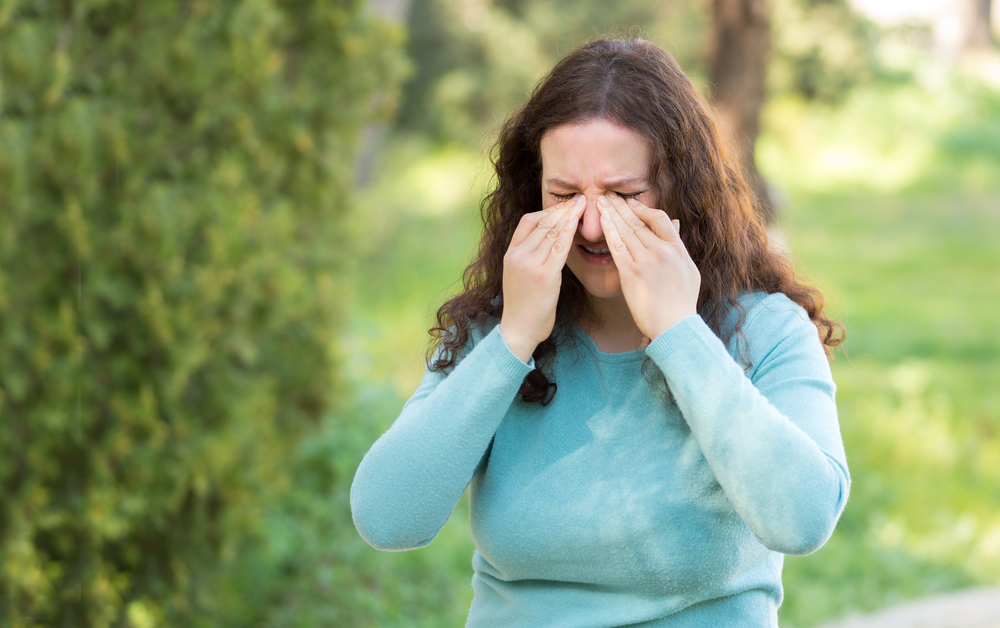
Dry eye is a condition that occurs when tears fail to provide adequate lubrication for the eyes. The tear instability may be due to the eyes failing to produce enough or poor-quality tears. Inadequate tears lead to inflammation and ocular surface damage, and the condition usually affects both eyes.
Dry eye can be mild or severe, which helps to determine the best treatment. Lifestyle changes may help manage the condition. Here are the leading causes of dry eyes.
Symptoms of Dry Eye
There are many symptoms of dry eye. They include:
Stinging or burning sensation.
The sensation of sand or grit in the eyes.
Eye soreness or redness.
Excessive tearing.
Light sensitivity.
Sensitivity to wind or smoke.
Stringy discharge from the eye.
Blurry or double vision.
Eye fatigue.
Eyelids sticking together.
Difficulty wearing regular contacts.
Leading Causes of Dry Eyes
Healthy eyes have a tear film that covers the eye constantly. The fluid membrane helps promote clear vision while also preventing dry eyes. Tear glands function by producing tears that help keep the eyes lubricated. The tear film has three layers: water, oil, and mucus.
An imbalance in tear mixture and insufficient tear production causes tears to evaporate too quickly, which leads to dry eye symptoms. The meibomian glands can become blocked, interrupting oil production and leading to dry eyes.
Risk Factors for Dry Eye
Some factors increase the risk of individuals developing dry eyes. They include:
Eyelid problems such as ectropion, entropion, and blepharitis.
Wearing contact lenses.
Medical conditions, including autoimmune diseases, diabetes, rheumatoid arthritis, lupus, Sjogren’s syndrome, and vitamin A deficiency.
Environmental factors such as climate, air conditioning or indoor heating, exposure to smoke, and high altitude.
Prolonged computer use.
Certain medications.
Diagnosing Dry Eyes
The doctor will examine the patient and ask about symptoms when diagnosing dry eye. A dilated eye exam helps examine the inner eye by dilating the pupil. It is a painless procedure done using eye drops. It helps determine the number of tears produced, the eyelid structure, and the tear evaporation rate. The diagnosis will also include reviewing the patient’s medical history.
Treating Dry Eyes
The goal of dry eye treatment is to maintain or restore adequate tear levels. It also aims to reduce dryness, relieve discomfort, and maintain general eye health. It is done by treating the underlying causes, conserving tears, adding tears, and increasing tear production. Treatment options include taking medications, using artificial tears, blocking tear ducts, and using thermal pulsation systems. Other effective treatments are using intense pulsed light and eyelid surgery.
Home remedies such as applying a warm compress, gentle eyelid massage, and cleaning the eyelids regularly, can provide relief. Dietary changes can help improve tear quality and improve overall eye health.
Lifestyle habits such as wearing sunglasses, blinking regularly, avoiding dry environments, and using a humidifier can help prevent dry eye. Drinking plenty of water can prevent dehydration that causes dry eye.
For more on the leading causes of dry eyes, visit Van Alstyne Eye Care at our Van Alstyne, Texas office. Call (903) 482-0090 to schedule an appointment today.





